Daylight saving time: 10 things to change in your home when you change your clocks
When you change your clocks for daylight saving time, be sure to follow these tips to prepare your home and vehicle for the fall and winter months.
Explained: What is daylight saving time and why we turn our clocks back
Daylight saving time, or DST, allows for an extra hour of light in the evening during the warmer months.
The twice-annual shift to and from daylight saving time is a good time to make sure your house, garden and car are well-maintained.
Here is a handy checklist to make sure you're ready for the upcoming change in seasons.
1. Replace the batteries in smoke detectors, carbon monoxide detectors
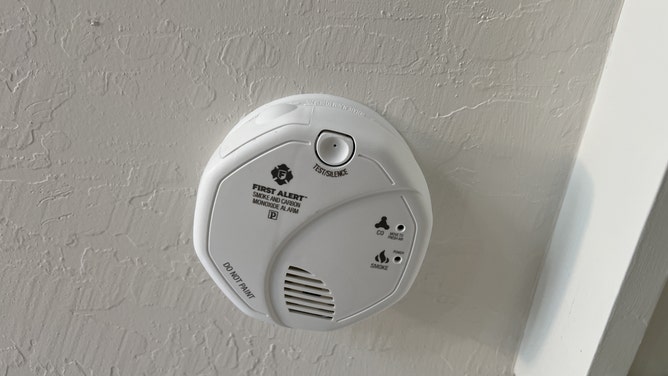
Smoke detector on the ceiling.
(Gado / Getty Images)
More than 360,000 fires occur in homes every year, resulting in about 2,390 deaths, 10,860 injuries and $7.34 billion in property damage, according to the United States Consumer Product Safety Commission.
To keep your family safe, replace the batteries in your smoke detectors and carbon monoxide detectors twice a year. Also, be sure to test the alarms monthly.
DOWNLOAD THE FREE FOX WEATHER APP
2. Check your furnace, water heater
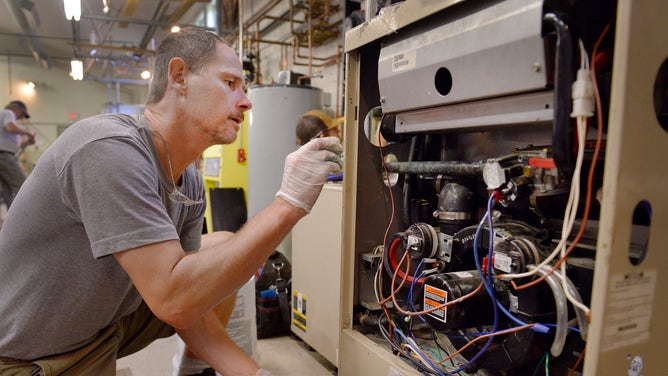
A man works on a gas furnace.
(John Ewing / Getty Images)
You never want to be without heat or hot water. To make sure your family doesn’t find itself in that situation, have a professional inspect your furnace and water heater when we move the clocks ahead in the spring and back in the fall.
This will help reduce the chances of your heating system malfunctioning, especially during the chilly fall and winter months.
HOW TO TAKE THE BITE OUT OF RISING UTILITY BILLS
3. Change your air filter
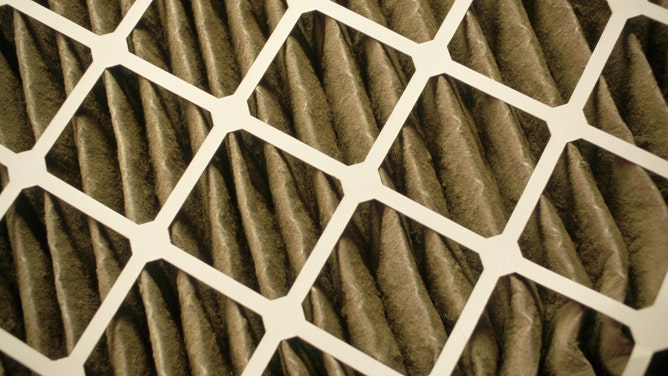
A close up view of an air filter that has been newly installed into an air handling system.
(Bob Rowan/Corbis / Getty Images)
While air filters should be checked monthly, daylight saving time can be a good time to remind ourselves to check the filters and see if they need to be replaced.
Regularly replacing air filters will help make sure the air circulating throughout your home is clean. Plus, swapping them out can help extend the life of your furnace.
WHEN THE PRESIDENT CONTROLLED THE THERMOSTAT
4. Reverse your ceiling fans

A ceiling fan.
(John Tlumacki / The Boston Globe / Getty Images)
Apart from helping air circulate throughout a room, ceiling fans can also affect the temperature of a room, depending on the direction it turns.
A fan turning clockwise pulls cool air upward to the ceiling, which helps disperse the warm air trapped near the ceiling. A fan turning counterclockwise pushes cooler air downward. You can adjust these settings by flipping a switch on the ceiling fan while the fan is turned off.
DON'T SWEAT THE SUMMER HEAT: DIY GUIDE TO GET YOUR AIR CONDITIONER READY
5. Clean or swap out your drapes and curtains

Window curtains frame a potted plant.
(eduard / Unsplash)
Dust collects on drapes and curtains, so be sure to clean them at least twice a year by either vacuuming them or throwing them in the washer.
Also, consider replacing heavy curtains in the spring with lighter ones to increase airflow during warmer months. In the fall, bring the heavier curtains back out to help retain heat in your home during cooler months.
HERE ARE THE WORST SPRING ALLERGENS THAT WILL MAKE YOU COUGH, SNEEZE AND RUB YOUR WATERY EYES
6. Clean your dryer filter and vent
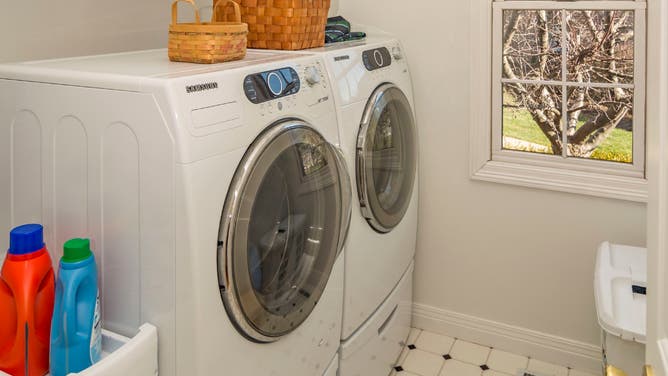
Laundry room in a home in Kentucky.
(Education Images / Universal Images Group / Getty Images)
The U.S. Fire Administration says there are approximately 47,000 electrical fires every year, with many a result of failing to clean a lint filter and dryer vents.
To keep them clean and prevent a fire hazard, clean the lint filter with a nylon brush at least every six months. Also, be sure to clean the lint out of the dryer vent at least every three months, and remove lint from the lint filter after each load of laundry.
BUSINESSES AND HOMEOWNERS ARE NOT FINANCIALLY COVERED FOR RECENT WEATHER EXTREMES
7. Clean your gutters
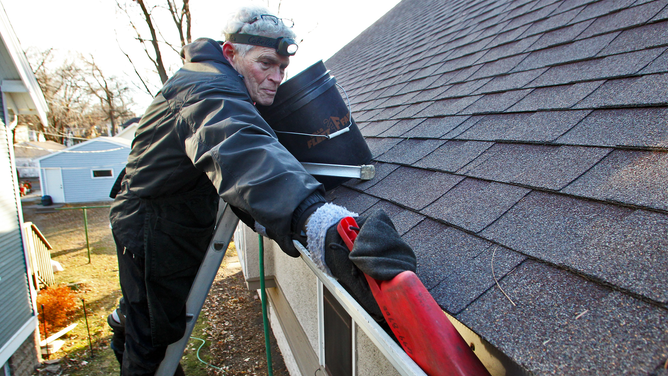
FILE - A professional gutter cleaner cleans gutters ahead of a winter storm.
(Marlin Levison/Star Tribune / Getty Images)
Dirty, clogged-up gutters can create a number of problems for your home. They can cause roof leaks, lead to water damage inside and outside your home and harbor rodents, insects and mold.
By cleaning out your gutter twice a year – when daylight saving time starts in the spring and ends in the fall – these problems can be averted.
PLAN, PREPARE, PROTECT: HOW TO BEST COVER YOUR PROPERTY AGAINST FLOODS
8. Take care of your yard and plants
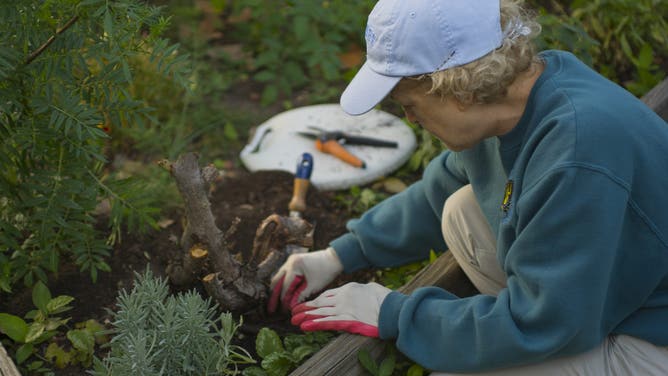
A woman works in a garden.
(Education Images / Universal Images Group / Getty Images)
Whether daylight saving time starts in the spring or ends in the fall, make sure your lawn and garden are prepared for the seasonal weather.
In the spring, cut back branches and remove any debris that may have fallen over the winter. This is also a good time to till and aerate your garden, and to plant any summer bulbs. Additionally, make sure your lawn mower and other machinery are in good working order.
In the fall, leaves should be removed from the yard, as allowing them to remain piled up may kill your grass by depriving it of sunlight and oxygen. Remove dead shrubs and remove and kill weeds from your garden. Also, lay down mulch in your garden to help insulate the plants.
HOW LAWNS BECAME A STATUS SYMBOL IN AMERICA
9. Prepare your car
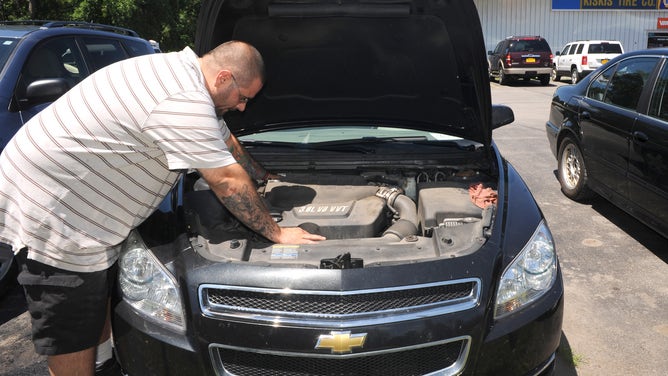
A man checks under the hood of a car in for service.
(Michael P. Farrell / Albany Times Union / Getty Images)
Maintaining your car will not only ensure that your vehicle will run smoothly, but it will also make sure that you are safe.
When daylight saving time begins in the spring, prepare your car for the summer heat by checking your tires, replacing windshield wipers and making sure the air conditioner is working properly.
Some maintenance tips to keep in mind leading up to winter include servicing the radiator system, checking the antifreeze level and making sure the heater is working properly.
HOW MUCH FLOOD WATER DOES IT TAKE TO DAMAGE A CAR? DOES IT MATTER IF IT IS SALT OR FRESH?
10. Check your emergency kit
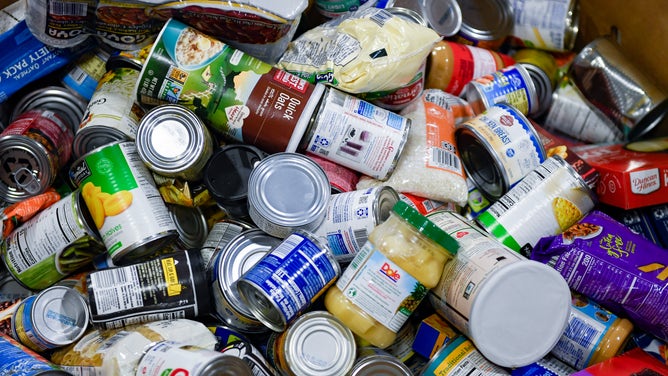
Canned goods.
(Ben Hasty / MediaNews Group / Reading Eagle / Getty Images)
An emergency kit contains food, water and other emergency supplies that can help your family survive a power outage and other crises for several days.
Daylight saving time is a good time to take stock of what is in your emergency kit, such as making sure you haven’t run out of items, checking the expiration dates on food items and the quality of batteries in flashlights.
